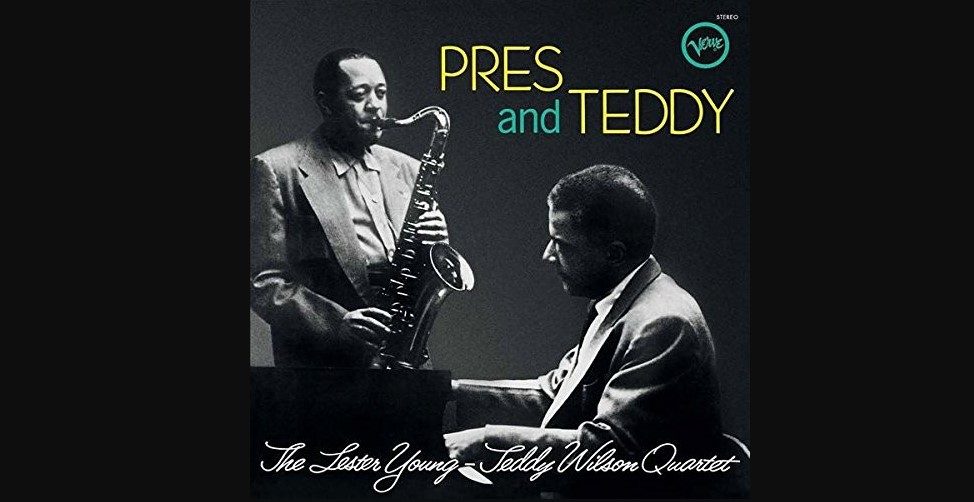Where Power is executed is interesting
Our dinner out that night in Manhattan was lovely and relaxed. Mostly because we were killing time… until an overnight flight would deliver a replacement card for a demo scheduled the next morning. In setting up our demo at THE seat of Power of IBM at that point, 590 Madison Avenue, in the boardroom no less, I had discovered the hardware was dead. And, there was something called DeltaDash that at that point was slightly more common than FedEx, and would bring us a new one at 3 am. No problem, we would drive back and have a few hours before our 10 am demo.
Getting to wander around the boardroom and the President/CEO’s office and private bathroom was strange. I imagined the meetings that had been held in these spaces over the previous 50 years. There had only been 6 leaders at this point, 2 of them Father and Son. In seeing the Power of the company that had, by this point, devolved into executing highly political battles between divisions and facilities, I studied the era of the late 1950s when the Son, Watson Jr, took over from his father. It was the birth of the electronic era of computing, but most of the revenue was still made from mechanical “tabulating” equipment.
.. and usually around the money…
While some of his most well-known work was backing up Billie, Lester was also sought out by other great musicians of the day. Recovering his momentum after the terrible experience of the war, he started to play in quartets and small groups across the country, including today’s master track with Teddy Wilson. You will hopefully remember him from his time with Benny Goodman, and now, he was off on his own leading a small quartet that Lester fit into perfectly.
And while jazz from the 50s is some of the best ever recorded, overall it was in decline. The new technology of Radio was even more pervasive than before the War, and going out was less necessary. Recording technology captured the music well, and with the growth in suburbia away from the cities with many now raising the babies of that boom, they simply listened on the radio. There was also an explosion of home Hi-Fi equipment with names like Klipsch that are still legendary. And as you might guess, the recording business meant that most of the profits went not to the players, but to the companies themselves, something that would continue well into the late 60s.
… but also executing boldly
That evening we were able to actually find a jazz club that was still in business from the “golden age” of the 50s and took in some music. It was mostly empty other than an amazing quartet including of course a sax player that played slow and low, with lots of room – exactly what Lester had executed so differently starting way back in the 20s. My mind went back to the IBM of the 50s, a similar golden age of computing. Factories up the Hudson Valley were busy executing on building bigger and more Powerful mechanical computers. One of the most prosperous was in Kingston, and through my current project, I had met the man that was the youngest IBM General Manager ever. He led that location when he was only 30, the age I was at this point.
He was also the point person for the first large-scale electronic computer, something called SAGE – Strategic Air to Ground Equipment – executed for, you guessed it, the Federal Government. It was multiple BUILDINGS of tubes that would track incoming and outgoing radar signatures to see if they were ours or someone else’s. 😉 And it was the basis of now a push for electronic computing to take over mechanical computing – even though the revenue from it was less than 5% of the total.
And, Watson Jr. saw that with the constantly increasing executing speed of electronics, and the slowing pace of mechanics, the company would have to shift. But how to convince the leaders of this risky shift? He called a meeting around the very boardroom table I was now looking at. He heard from the electronics group about their plans. He then asked the mechanical leaders for their concerns and challenges. After hearing them out, he pronounced “I have heard both sides. I am going to personally manage the initiative for the next 2 years. And there will be no involvement or criticism from the mechanical factories.” And… that is exactly what he executed. The result became the 360 that changed IBM and computing forever…
… what Power do you need to execute?
In that dark room that night, I brought the system to life, and freshened up as the sun came up over Manhattan. I was starting to realize that the bold execution that had turned the company in a better direction was not as Powerful as likely in the current company. Like my President and Lester, I was crisscrossing the country trying to find a way to pull off the changes that were needed, and this morning gave another fun and engaging demonstration to a crowd that resembled the bar from the night before… mostly not interested in the tune I was playing.
The story could feel bleak at this point, as the execution grind was really weighing on all of us. And yet, it was a great season of learning that provides a few tidbits for your own Powerful use. First, how many different things are you trying to “fix” at the same time? We had burdened our projects with no less than 10 “firsts” that we were attempting. Second, realize that to get people to take a risk, your solution has to be 10 times better than anything out there. If not, customers will simply wait for the incumbents to make incremental improvements of 2 or 3, and count on you probably stumbling in execution. But I also learned that with the right backing and support, some crazy things can be executed. For now, I can truly say that this project was taking, like Lester, … All of Me…




